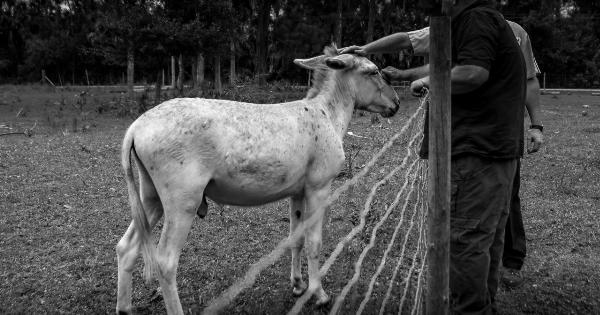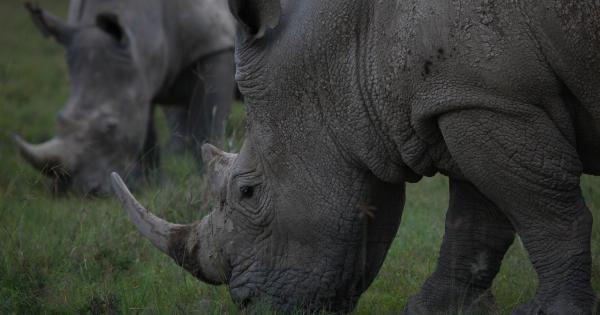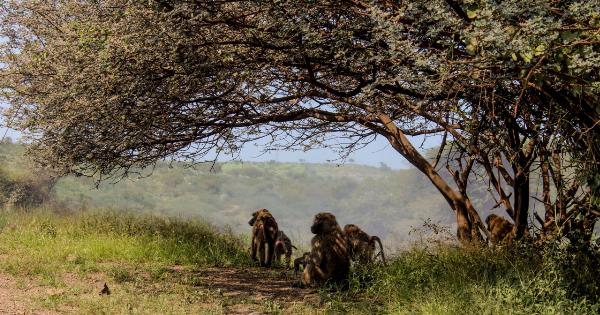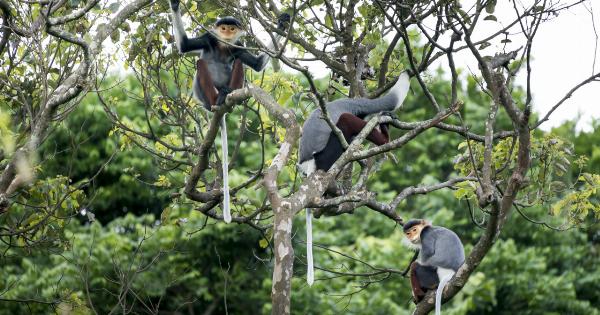The world is filled with magnificent creatures, each playing a crucial role in maintaining the delicate balance of our ecosystems. Among them, wolves hold a special place – an apex predator that has long captivated our collective imagination.
However, these majestic creatures face numerous challenges, including a silent disease that threatens their very existence. World Wolf Day, celebrated annually on October 11th, aims to raise awareness about this silent killer and the urgent need for conservation efforts.
Let us delve into the intricacies of this day and why it’s vital for us to advocate for the protection and preservation of wolves.
The Importance of Wolves in Ecosystems
Wolves have been an integral part of our planet’s ecosystems for thousands of years. As apex predators, they play a crucial role in regulating prey populations, ensuring the health and diversity of plant and animal communities.
By preying on weak and sick individuals, wolves help maintain the genetic integrity of their prey population, ultimately leading to stronger and more resilient ecosystems. Their presence creates a balance that promotes biodiversity and prevents overgrazing, benefiting not only the natural world but also human communities that rely on these ecosystems for countless resources.
The Silent Disease: Canine Distemper Virus
Amidst numerous threats faced by wolves, one disease stands out as a particularly grave threat – the Canine Distemper Virus (CDV).
This highly contagious and often fatal disease affects a wide range of animals, including wolves, foxes, coyotes, and even domestic dogs. CDV spreads through direct contact or inhalation of respiratory secretions, making it extremely difficult to contain in wild populations.
It causes symptoms such as fever, respiratory issues, neurological problems, and can often lead to a slow and painful death.
The implications of CDV are not limited to the individual wolves affected; it can devastate entire wolf populations. As wolves are social animals, living in tightly knit packs, the spread of CDV can be rapid and fatal for entire packs.
This disease poses a significant challenge for conservationists, as the implications of CDV extend beyond the wolves themselves and directly impact the overall health and stability of ecosystems.
Raising Awareness: World Wolf Day
In light of the threats faced by wolves, World Wolf Day serves as a vital platform to raise awareness about their conservation and the challenges posed by diseases like CDV.
Established in 2016 by the Wolf Conservation Center, this annual event seeks to educate the public about the vital role of wolves in ecosystems and the urgent need for their protection.
World Wolf Day encourages individuals, organizations, and communities worldwide to come together, share knowledge, and advocate for wolf conservation.
The day is marked by various activities including educational campaigns, community gatherings, art exhibitions, and online initiatives to spread awareness about wolf conservation and the dangers posed by diseases like CDV.
Conservation Efforts and Research
To combat the silent threat of CDV and ensure the long-term survival of wolf populations, conservation organizations and researchers are working tirelessly to understand the disease better and develop effective strategies for prevention and management. These efforts include monitoring and tracking wolf populations, facilitating vaccinations where feasible, and studying the behavior and social structure of wolf packs to enhance disease control measures.
By promoting scientific research, community engagement, and public awareness, World Wolf Day plays a crucial role in supporting these conservation efforts.
It serves as a reminder that the fate of wolves and their ecosystems lies in our hands, and we have a responsibility to protect these magnificent creatures for future generations.
The Importance of Wolf Conservation
Conserving and protecting wolf populations extends far beyond the preservation of an iconic species. It symbolizes our commitment to maintaining healthy and thriving ecosystems, ensuring a sustainable future for both wildlife and human communities.
When wolves are thriving, the benefits ripple across the natural world. Their presence helps control herbivore populations, which, in turn, prevents overgrazing and protects vegetation.
This harmonious balance reverberates through the food chain, ultimately benefiting countless other species.
Additionally, wolves help maintain the genetic integrity of their prey populations. By preying on weaker individuals, they ensure that only the fittest survive, thereby enhancing the overall health and adaptability of these species.
This, in turn, creates a more resilient ecosystem that can better withstand challenges such as climate change and habitat loss.
From an economic perspective, wolves can also provide valuable ecological services. The presence of healthy ecosystems, regulated by wolves, benefits agriculture, as it reduces the pressure on crops from herbivores and controls rodent populations.
In this way, conserving wolf populations is not only crucial from an ecological standpoint but also has tangible benefits for human societies.
The Road Ahead: Urgent Action Required
While World Wolf Day serves as a platform for raising awareness, the urgency of wolf conservation calls for more than a single day of observance.
Meaningful and sustained action is needed to tackle the multifaceted challenges facing wolves and their ecosystems.
First and foremost, legislative measures must be implemented to protect wolves from habitat destruction, illegal hunting, and other human-driven threats.
Collaboration between governments, conservation organizations, and local communities is paramount in establishing protected areas and implementing effective management plans that prioritize the conservation of wolf populations.
Furthermore, comprehensive research and monitoring programs must be supported to better understand the complexities of wolf behavior, disease dynamics, and the overall health of wolf populations.
Such knowledge will enable targeted interventions and management strategies to mitigate the impacts of diseases like CDV.
Education and awareness-raising initiatives should also be prioritized, both locally and globally.
By instilling an appreciation for wolves and their ecological significance in younger generations, we can ensure a future where conservation efforts are met with widespread understanding and support.
Conclusion
World Wolf Day serves as a poignant reminder that the plight of wolves and their ecosystems requires urgent attention.
As we celebrate this day, let us remember the vital role that wolves play in maintaining the health and balance of our planet’s ecosystems. By working together, we can raise awareness, support research and conservation efforts, and ensure a future where wolves and their invaluable contribution to our world continue to exist for generations to come.


























